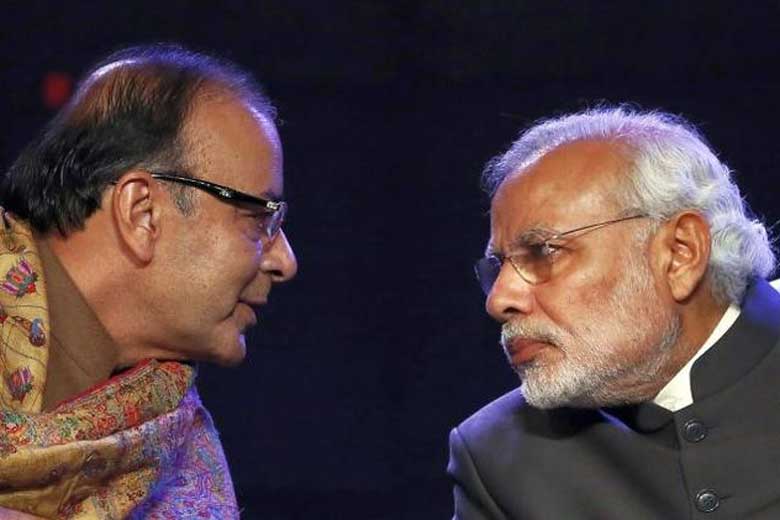GST evasion worth 39,000 crores was detected by the government in 6,585 cases in April to October period. To give an idea, this amount is more than the GDP of Tripura. In the rest of the 5 months of this fiscal year, the amount is expected to increase and better the total tax collection under newly implemented indirect tax regime. The government is using data analytics to detect tax evasion and underreporting of sales, “It is time to leverage the large amount of data generated over the past one year to check for tax evasion, since all the processes are online, we have centralized data that is easy to analyze and search for discrepancies,” said Ajay Bhushan Pandey, Chairman of GSTN.
The e-way bills system implemented on April 2018 has helped in the detection of tax evasion worth 27.6 crore rupees so far. The government made e-way bills compulsory for the value of the goods exceeding Rs. 50,000 in motorized conveyance and 1100 cases were detected under this. The highest numbers of cases were registered in Tamil Nadu, Tripura and Gujarat. Tamil Nadu led the way accounting for almost half of the total number of detections. The small state of Tripura coming second is a surprise; this suggests that Biplab deb government is running very efficient administration despite all the attacks from left-liberal establishment. This is also evidence of the hypothesis that there was rampant corruption under Manik Sarkar.
The central excise evasion worth Rs 3,028 crore in 398 cases and service tax evasion worth Rs 26,108.43 crore was unearthed in 3,922 cases. The total indirect (GST, service tax, excise and customs) tax evasion detected in first seven months of the fiscal is 75,000 crore which is more than the GDP of Goa.
The implementation of GST has also improved the direct tax net of the country. A few months back, Finance Minister Arun Jaitley wrote in a Facebook post, “The implementation of GST as a single consolidated tax has had a significant impact even on direct taxes. Those who have disclosed a business turnover for the GST now find it difficult not to disclose their net income for the purposes of income tax. Last year, the impact of GST on direct tax collection was not visible. Since GST had been imposed in the middle of the year, it will be more apparent this year.” The prophecy of Jaitley came true as the government has collected 15.7 percent more in direct tax collections in April to November period. The direct collection was 6.75 lakh crore rupees against targeted amount of 11.5 lakh crore rupees for the whole year.
In order to move from a developing nation to a developed one, a nation has to increase its citizens’ tax compliance. If Tax to GDP ratio is low, a country cannot afford to provide basic amenities like health and education to its citizens. Universal access to these primary needs is required to build human capital and improve the standard of living. Modi government introduced Universal Healthcare through the National Health Protection Scheme (Popularly known as “Modicare”). The increased ‘tax to GDP ratio’ means that more money goes directly into government coffers. This money could be used to make India a welfare state of the kind that Deen Dayal Upadhyay had dreamt of.
